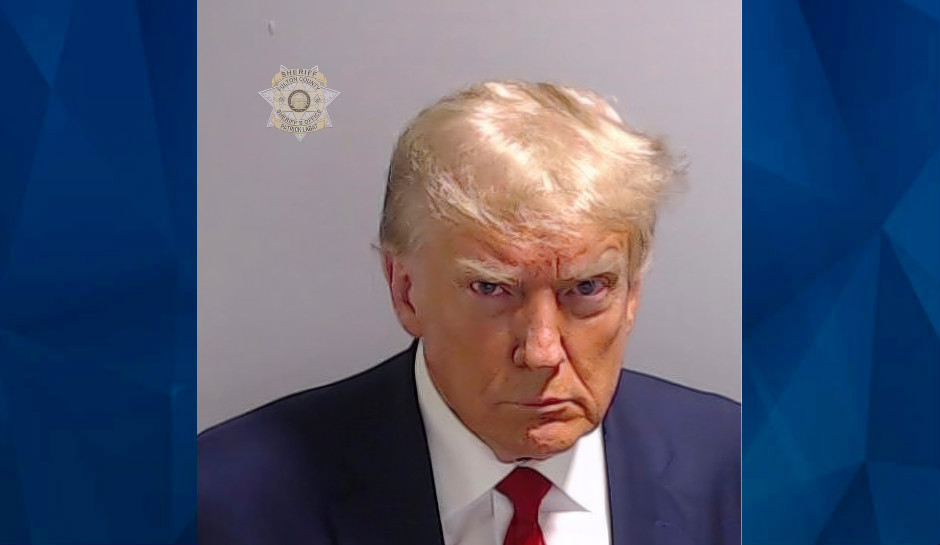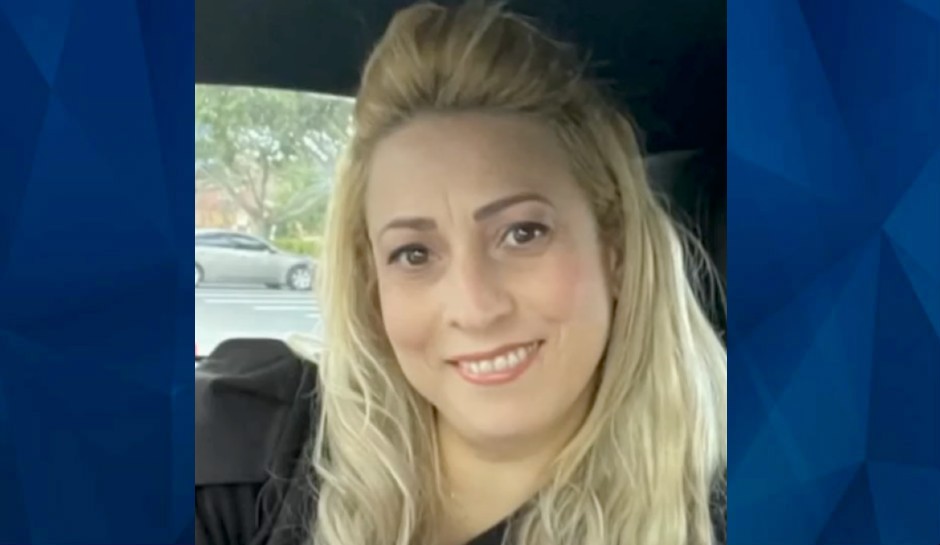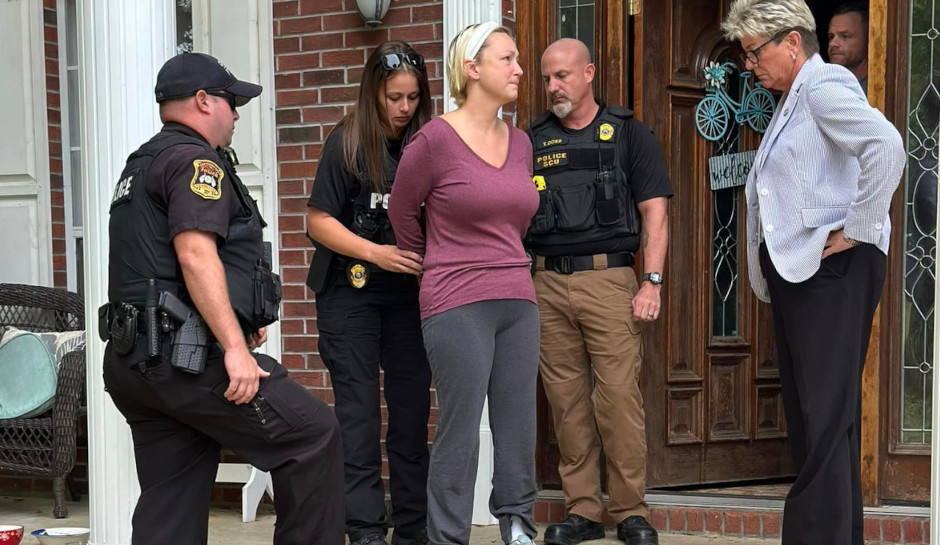
Background: In this image taken from video released by the National Transportation and Safety Board, the cargo ship Dali is stuck under part of the structure of the Francis Scott Key Bridge after the ship hit the bridge, Tuesday, March 26, 2024, in Baltimore (NTSB via AP). Inset top: Cargo chain turnbuckle, welded to angle iron, and wedged between the number 1 step-down transformer and steel beam (DOJ court filing). Inset bottom: Cracked steel bracket with weld repair at the number 1 step-down transformer (DOJ court filing).
The Department of Justice filed a massive lawsuit Wednesday against the Singapore-based owner and operator of the container ship that crashed into the Francis Scott Key Bridge in Baltimore, killing six people and injuring two others.
The ship, named the Dali, left Baltimore shortly after midnight on March 26, bound first for Colombo, Sri Lanka, and ultimately for Yantian, China. Singapore company Grace Ocean, International Maritime Organization (“Grace Ocean”) is the sole owner of the Dali. Another Singapore company, Synergy, International Marine Organization (“Synergy Marine”) was the technical manager of the Dali.
Federal prosecutors allege that the defendants oversaw a patchwork of “jury-rigged” attempts to repair issues that required significantly more serious consideration.
A Maryland-licensed pilot, who according to the DOJ had been told the ship was in good working order, directed the Dali through the Fort McHenry Channel. As the Dali approached the Key Bridge, it lost electrical power when circuit breakers tripped open.
The DOJ alleged in its complaint that just after 1:20 a.m., the Dali lost power for four minutes, and as a result, its rudder, propeller, anchor and bow thruster could not function. According to the government, the power failure had been predictable, as the ship’s owner failed to take necessary steps to counteract long-term effects of heavy vibrations in the ship’s transformer and circuitry.
Rather, said the DOJ, the owners retrofitted the transformer with anti-vibration braces and welds, both of which cracked over time. It also said that the owners wedged a metal cargo hook between the transformer and a nearby steel beam, in “a makeshift attempt to limit vibration.”
“Instead of taking steps to eliminate the source of excessive vibrations, Petitioners jury-rigged their ship,” the government alleged in the complaint.
According to the government, the power failure meant that the Dali’s anchor was not ready for emergency release in an emergency, as is required by law.
“By the time the ship finally dropped anchor, less than half a ship’s length from the bridge, it was too late to have any effect,” said the filing.
U.S. Attorney General Merrick Garland said Wednesday that the claim was filed to ensure that the costs of clearing the channel and reopening the Port of Baltimore are borne by the companies responsible and not by American taxpayers.
The disaster caused more than $100 million in losses and response costs for the two-month effort to remove the wreckage from the Fort McHenry Channel and reopen the Port of Baltimore.
Shortly after the crash, Grace Ocean and Synergy Marine filed a petition to limit their liability for the disaster to $44 million. However, the DOJ’s lawsuit requests that the court not only deny the companies’ requests, but also assess compensatory damages of $103,078,056 as well as unspecified punitive damages.
“This was an entirely avoidable catastrophe, resulting from a series of eminently foreseeable errors made by the owner and operator of the Dali,” General Brian M. Boynton, head of the Justice Department’s civil division, said in a statement announcing the lawsuit.
The families of three of the six construction workers who died in the crash also filed a lawsuit against the Dali’s owner and operator, as did the city of Baltimore,
“In so many ways, the Key Bridge has symbolized the resilience of both the State of Maryland and our Nation,” said U.S. Attorney for the District of Maryland Erek L. Barron said in a statement. “In a very real way, the Key Bridge was a pathway to the American Dream. A part of our culture is gone. Those responsible for the Key Bridge collapse will be held accountable.”
You can read the full lawsuit here.
The post Cargo ship that knocked down Francis Scott Key Bridge was ‘jury-rigged’ with ‘makeshift’ attempts to cover dangerous conditions: Lawsuit first appeared on Law & Crime.















 English (US)
English (US)